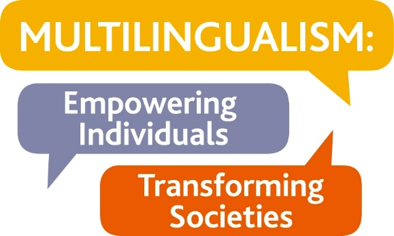
L2 Chinese Linguistics Seminar
This study aims to test possible transfer sources at the initial stage of third language (L3) acquisition by examining the acquisition of Mandarin sentence-final particles ba and ne by Cantonese-English bilinguals. Unlike the case in English, which does not employ any sentence final particles (SFPs), in both Mandarin and Cantonese, a statement can be converted into a question by merging an SFP at a sentence final position. Different from ba questions, ne questions cannot be “out-of-blue” questions to initiate a conversation. L1 Factor Hypothesis (Leung, 2005) argues that the transfer source is always the L1, while the Linguistic Proximity Model (LPM; Westergaard et al., 2016) and the Typological Primacy Model (TPM; Rothman, 2010, 2011, 2015) predict that the structurally/typologically closer language should be the transfer source. An offline Acceptability Judgement Task (AJT) and an online Cross-Modal Priming Task (CMPT) were employed. The L1 Factor Hypothesis is rejected as the AJT results on ba and the CMPT results show that the L3 learners’ L2 Cantonese plays a facilitative role in L3 acquisition. Our findings support the Linguistic Proximity Model and the Typological Primacy Model that transfer is from a structurally/ typologically closer language, which is Cantonese in the present study.
| Contact |
|---|
| Professor Boping Yuan: by10001@cam.ac.uk |
